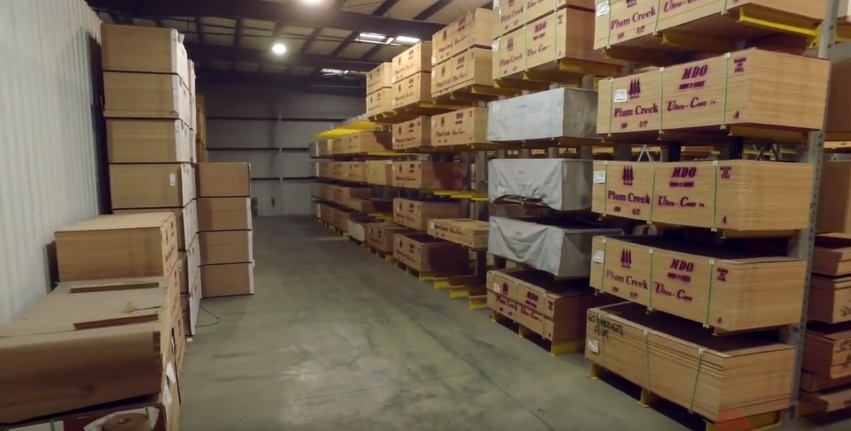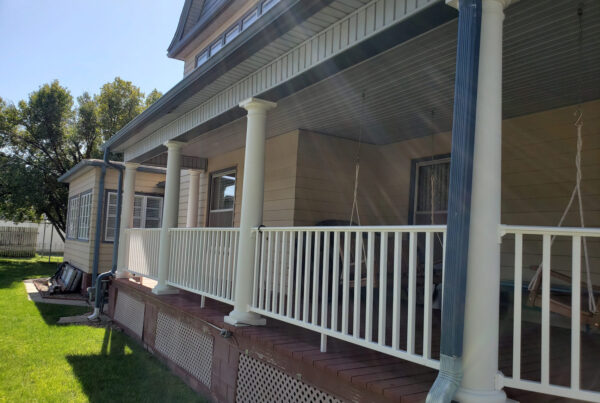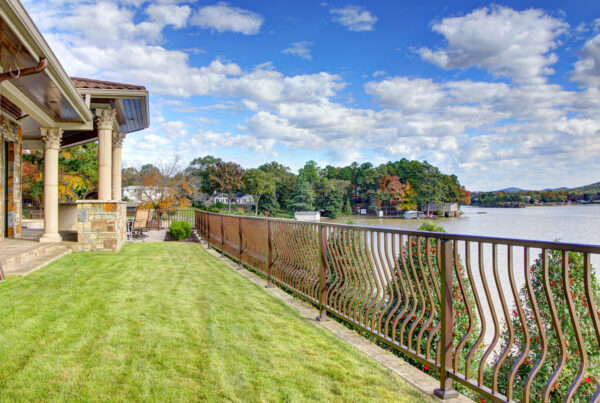Plywood: Your Guide to the 9 Types and Their Applications
Plywood is a remarkable material renowned for its affordability, versatility, and exceptional strength. It finds application in a wide range of projects due to its durability and dependability. Each type of plywood is carefully categorized based on its intended use, considering its strength and resistance to water damage. In this comprehensive guide, we will explore the nine types of plywood and their respective applications.
**1. Exterior Plywood**
When it comes to outdoor projects that need to withstand the harshest weather conditions, exterior plywood is your top choice. Crafted to brave the elements, this type of plywood features a sturdy construction with layers bonded using waterproof glue. It offers excellent resistance to wind and is highly resilient against water and other weather-related damage.
**2. Marine Plywood**
For projects like gazebos, outdoor benches, or planter boxes, marine plywood stands out. Typically graded at B or higher and free of knots or holes, marine plywood provides exceptional strength. However, it is essential to treat it with pressure-preservatives to prevent mold and water damage, as manufacturers avoid using chemicals on this type of plywood.
**3. Interior Plywood**
Indoor applications call for interior plywood. While it lacks the weather resistance of exterior plywood, it is ideal for tasks such as flooring. In areas where moisture exposure is limited, interior plywood excels. For spaces prone to water contact, such as bathrooms and kitchens, it’s advisable to opt for exterior plywood.
**4. Softwood Plywood**
Don’t be misled by the name—softwood plywood packs a surprising punch. Crafted from robust softwoods like Doug-fir, SPF, SYP, Hem-fir, among others, these plywoods are employed in demanding projects. They find applications in exterior frame sheathing, sub-flooring, roof sheathing, temporary flooring, and building sheds, showcasing their versatility and strength.
**5. Hardwood Plywood**
Comprising 3 to 7 layers, hardwood plywood features layers made from hardwoods like oak, maple, walnut, birch, and others. This plywood type shines in furniture making, sports equipment construction, packing cases, and even musical instrument production. Its durability and aesthetic appeal make it a favorite among craftsmen.
**6. Structural Plywood**
Structural plywood prioritizes strength over appearance, typically falling in the grade C or D range. Despite featuring numerous knots and holes, it is a cost-effective option. It is perfect for projects where aesthetics take a back seat, like subflooring or garage shelf construction. Keep in mind that it is not highly resistant to water damage and should not be used in outdoor applications. CDX is a prime example of this type of plywood.
**7. Aircraft Plywood**
As the name suggests, aircraft plywood is used in crafting aircraft, boats, and heavy-duty furniture. It boasts one of the highest grades, making it relatively expensive. Made from hardwoods like birch and mahogany, it offers exceptional strength while remaining lightweight—a remarkable combination for demanding applications.
**8. Overlaid Plywood**
Similar to traditional plywood, overlaid plywood features a finished face that enhances its appearance. However, the finish serves more than just aesthetics; it protects the plywood from scratches, adds waterproofing, and improves resistance to adhesives. Available in high and medium density options, the former contains more resin, making it pricier.
**9. Lumber Core Plywood**
Lumber core plywood consists of three plies. The outer layers consist of thin veneers crafted from hardwood, while the central layer serves as the core, made from glued-together wood strips. This type of plywood excels in projects involving extensive screwing, offering impressive screw-holding capabilities.
In conclusion, plywood’s versatility and strength make it a crucial material for various projects. By understanding the different types of plywood and their applications, you can confidently choose the right one for your specific needs. Whether you’re building outdoor structures, crafting furniture, or tackling interior projects, there’s a plywood type suited to your requirements among these nine options.










